Mosque Name: Dome of the Rock
Country: Israel
City: Jerusalem
Year of construction (AH): 65 AH
Year of construction (AD): 684 AD
GPS: 31.7780°N 35.2354°E
ArchNet: http://archnet.org/sites/2814
Gibson Classification: No Qibla
Rebuilt facing Mecca: Never
For a Link to the Qibla Tool Click Here
Description:
Al-Haram al-Sharif is an enormous open-air platform that houses the congregational mosque of al-Aqsa, numerous memorial buildings and fountains and is surrounded by many madrasas. Traditional understanding is that the platform was built during Herodian times (1st century AD) to accommodate the new Jewish Temple (that was burned shortly after its completion). However, new research may point to the Temple as having been located in the City fo David. See: https://www.youtube.com/watch?v=zKqDx3RDCos&list=PLCy1hElGB7JFj_C5fPTAtqcNR5iJs724t&index=29. The same researchers suggest that what Al-Haram al-Sharif was the location of the large Roman fortress known as Antonia, not not the cramped small area known as Antonia today.
The Dome of the Rock is built approximately in the center of the Haram on an additional platform, it is the most prominent building in al-Haram al-Sharif both in terms of height and colors. The center of the Haram area is closer to the earlier Dome of the Chain.
The Dome of the Rock was built by the Umayyad Caliph Abd al-Malik, started in 65 AH (684) and completed in 691 AD. Creswell notes that, “… the date given by the inscription obviously refers to, as is usual in Arabic epigraphy, to the completion of the works … The date at which they began is uncertain…”. (Creswell, 1969:72) Creswell refers to three sources who agree on the date of foundation as 65 A.H./ 684-5 C.E., three others who agree on 69 A.H./ 687-88 C.E. and the late fifteenth early sixteenth century Arab geographer and Jerusalemite, Mujīr al-Din who gives 66 A.H./685-86 C.E.
Some consider the Dome of the Rock to be the earliest Islamic grand monument that has survived, and the original purpose for its creation have been the subject of much debate from the late Middle Ages to this day. The Dome was built during the second Islamic civil war, at the exact time when Dan Gibson claims Ibn Zubayr moved the Black Rock from Petra to Mecca.
When it comes to the Qibla of the Dome of the Rock, issues arise. The Dome of the Rock is not a mosque, as the center of the building houses a great rock. Muslims wishing to pray in this mosque must line up between the rock and the Qibla direction they choose. There is no early mihrab built into the native building. Several attempts at constructing Qiblas have been made in the past. Some of these stand alone, as the Dome of the Rock was not constructed with prayer in mind. It is said that there are seven mihrabs close to the northern entrance, representing the seven days of the week. But no one prays facing north in the Dome, and these mihrabs do not appear on any archetectural drawings.
There is also a cave under the monument where another Mihrab is found. That mihrab cannot be earlier than the second half of the ninth century (Baer, Eva, The Mihrab in the Cave of the Dome of the Rock) and was most likely constructed by the Ikhshidid or Fatimid dynasties. Yet, some tour guides tell tourists that it is the oldest Miharb in the world! What we can learn from this, is: Be very careful what you hear about the Dome of the Rock. Since its construction it has been one of the most misunderstood Islamic monument.
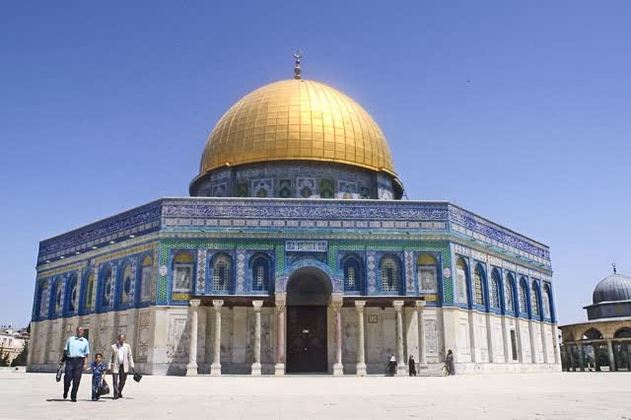
Dome of the Rock
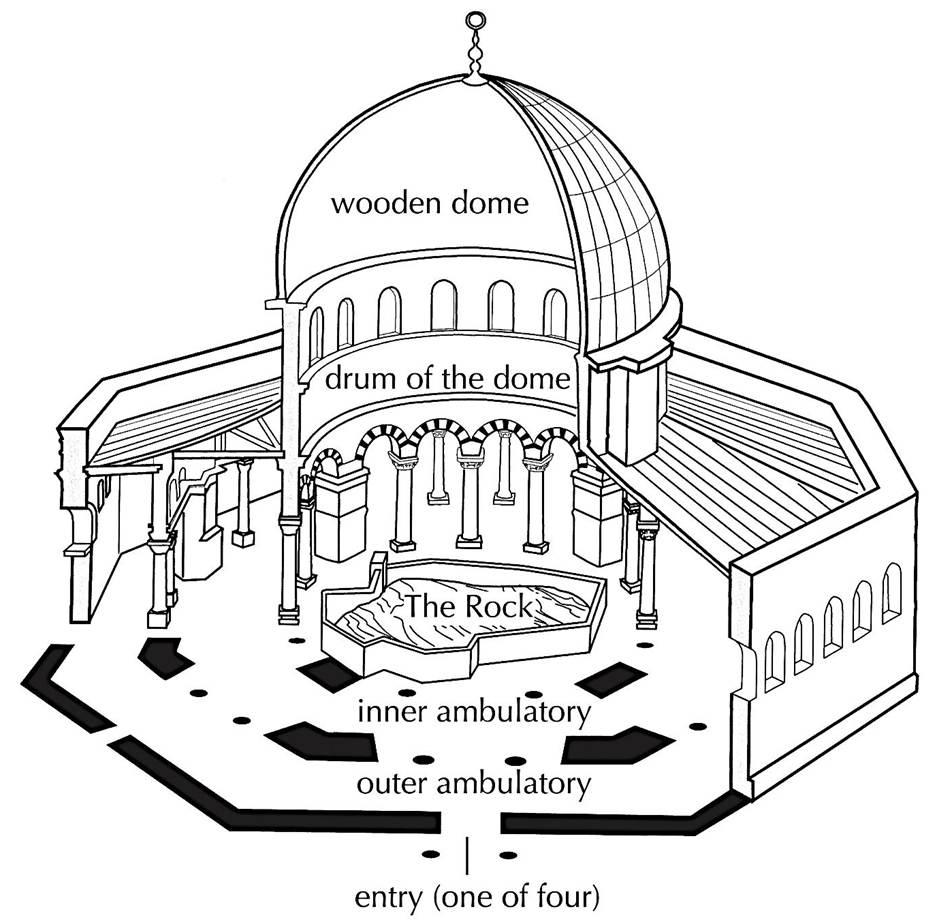
The Dome of the Rock is not conducive for wide long prayer lines as used in other mosques.
Bibliography
Islam, Anwarul M., and al-Hamad, Zaid F., The Dome of the Rock: Origin of its octagonal Plan, Palestine Exploration Fund, 2007, doi: 10.1179/003103207x194145
Baer, Eva, The Mihrab in the Cave of the Dome of the Rock, Muqarnas, Vol 3, 1985, pp. 8-19 (12 pages), Brill, doi.org/10.2307⁄1523081
Ettinghausen, Richard and Grabar, Oleg. The Art and Architecture of Islam 650-1250, 28-34. New Haven and London: Yale University Press, 1987.
Grabar, Oleg and Nuseibeh Said. The Dome of the Rock. New York: Rizzoli, 1996
Hillebrand Robert. Islamic Art and Architecture, chp. 1. London: Thames and Hudson, 1999.
Hoag, John D. Islamic Architecture, chp. 2. New York: Harry N. Abrams, 1977.
Ibn Batuta. Rihlet Ibn Batuta. trans. by Said Nuseibeh. Beirut: Dar Sader.
Jeffery, Arthur. A reader on Islam, 621-639. Salem: Ayer Co., 1962.
Rosen-Ayalon, Myrian. The Early Islamic Monuments of Al-Haram al-Sharif: An Iconographic study, 12-24. Jerusalem: Qedem, 1989.
Walls, Archie, Geometry and Architecture in Islamic Jerusalem: A Sufi Way, Academia.edu, Retrieved Jan, 2022
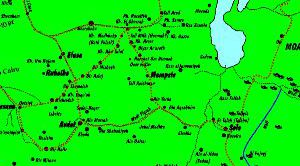

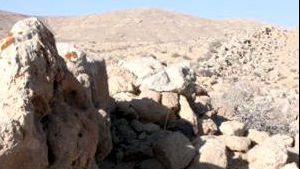

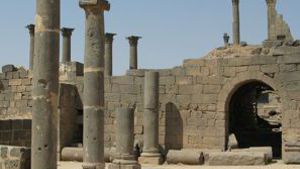
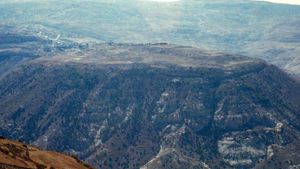

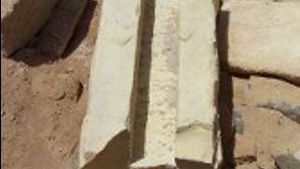
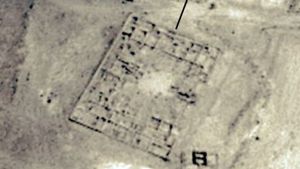

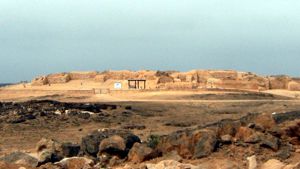
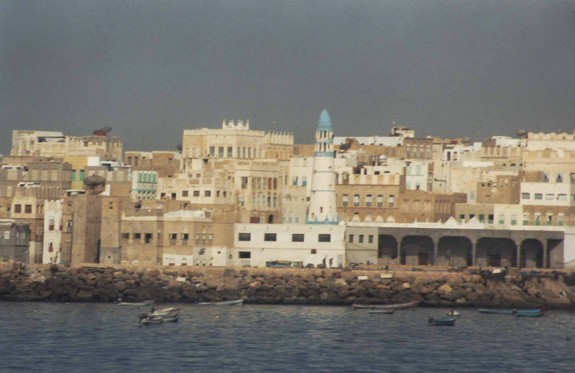
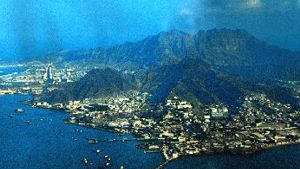
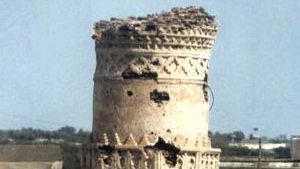

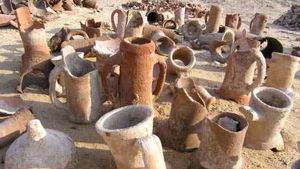
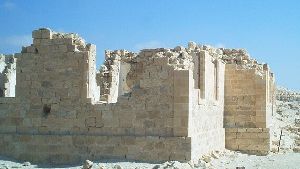
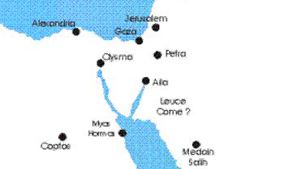
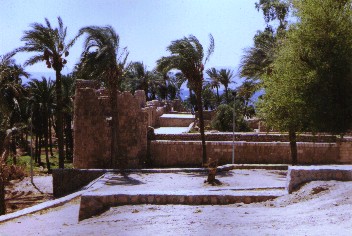
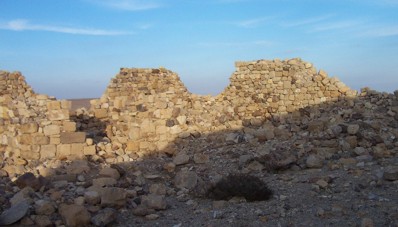
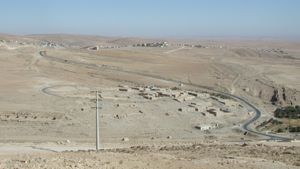
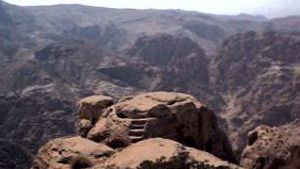
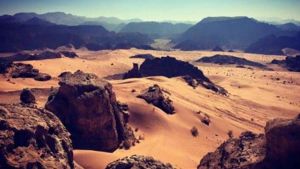

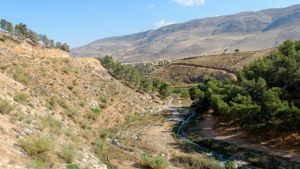
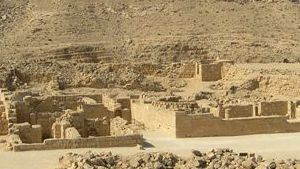
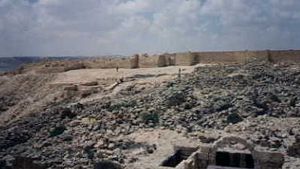
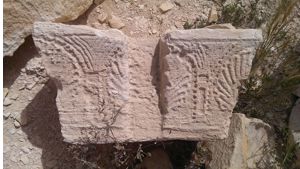


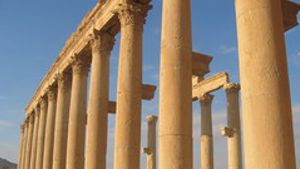

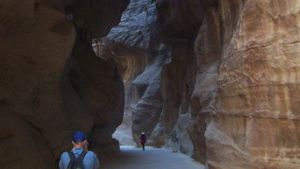

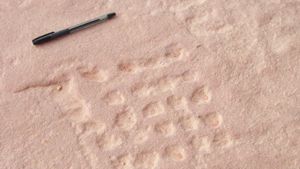

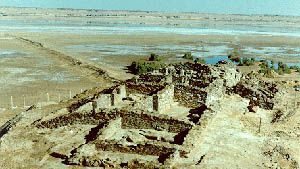
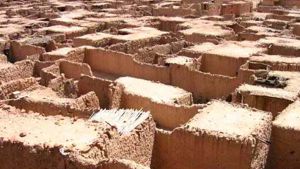
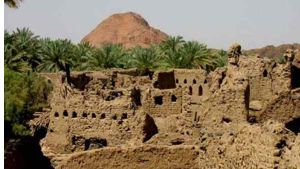
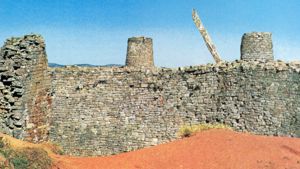
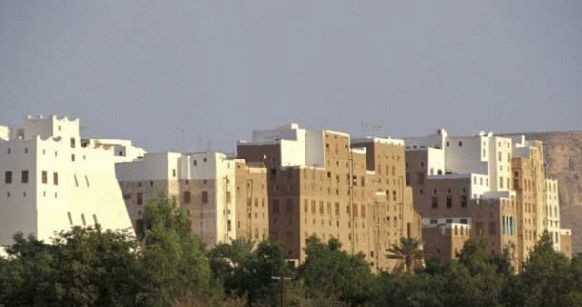
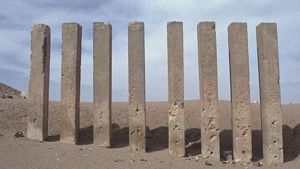
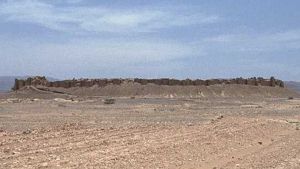
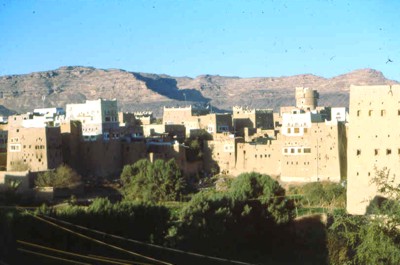


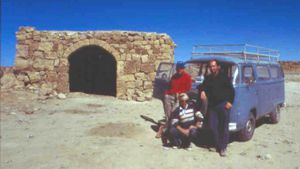
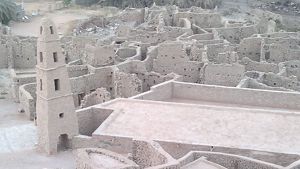
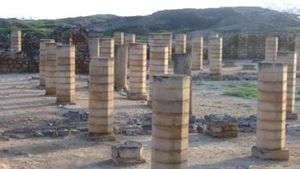


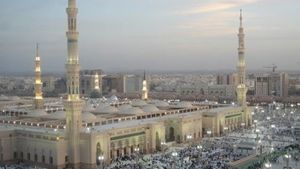
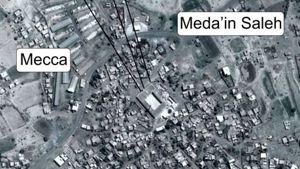
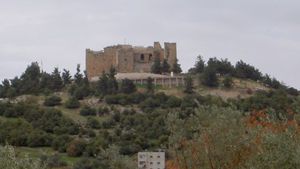
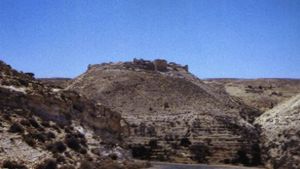
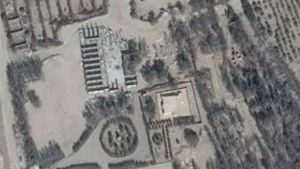
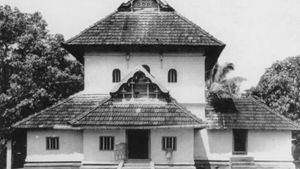
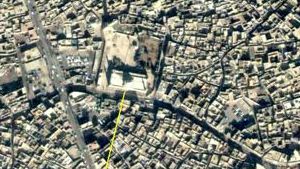
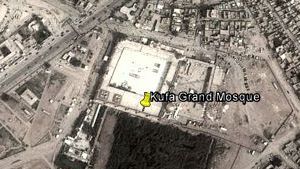


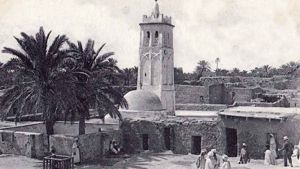
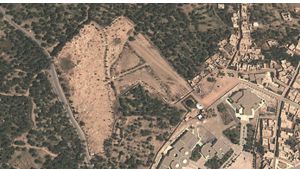
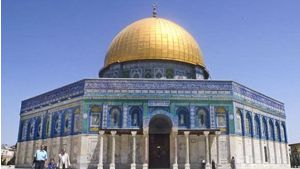
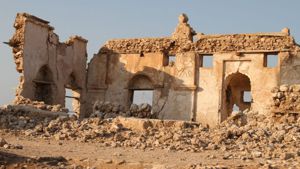
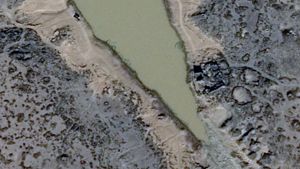
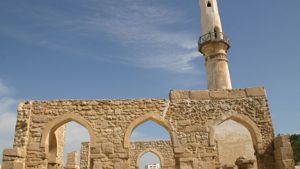
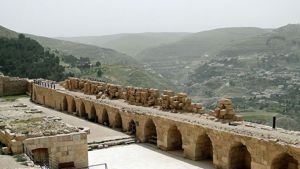
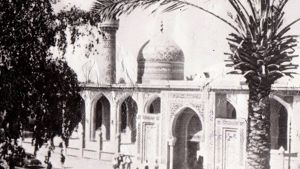
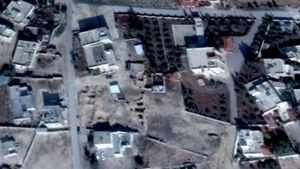
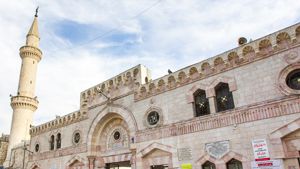

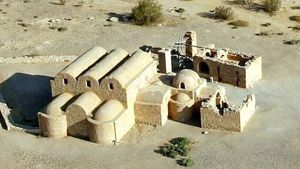
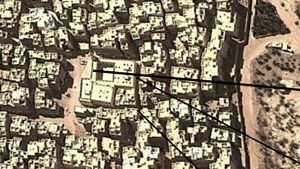
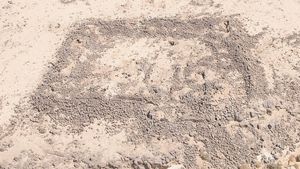
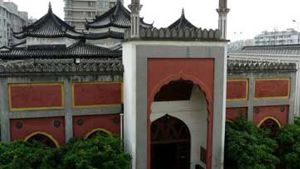
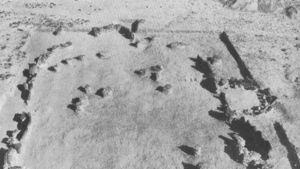
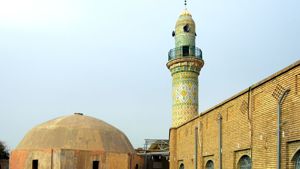
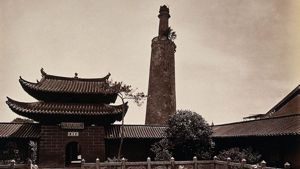
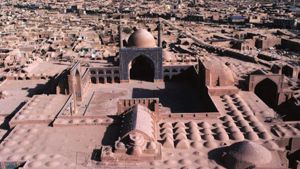
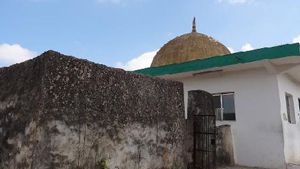
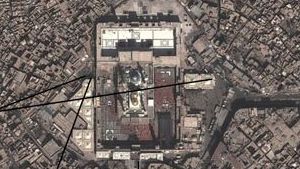
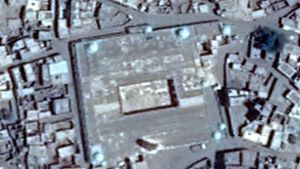
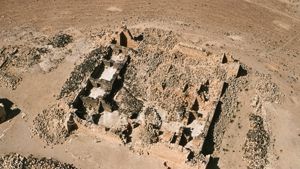
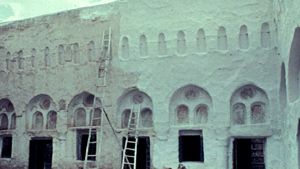

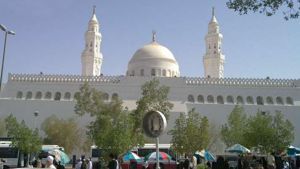
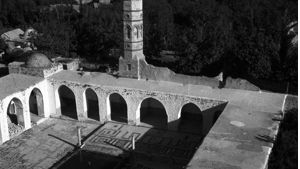
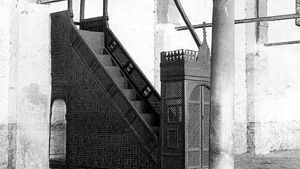
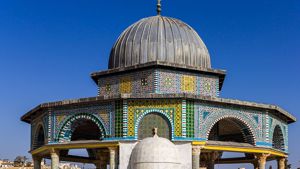

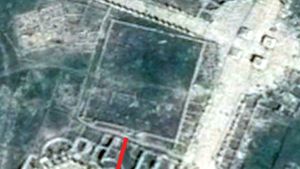
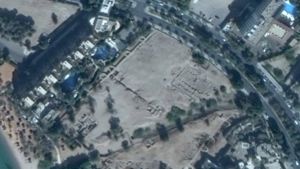
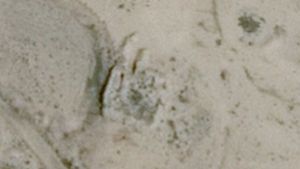
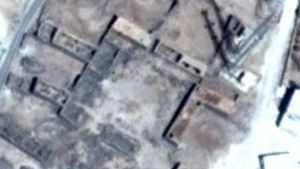
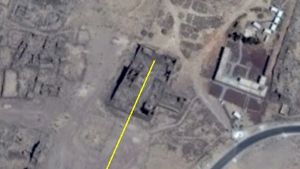
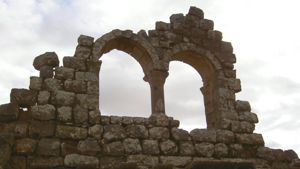
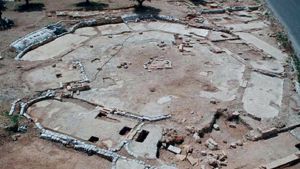
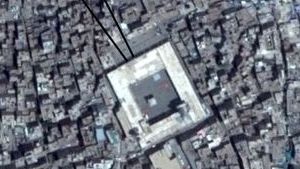

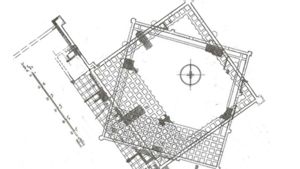
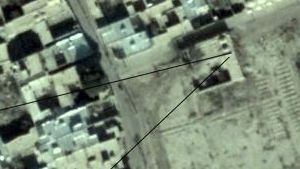

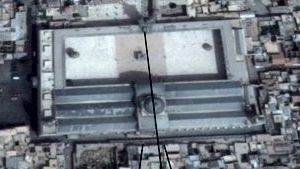
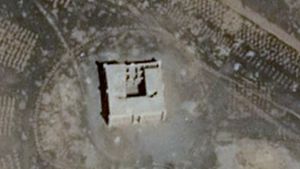

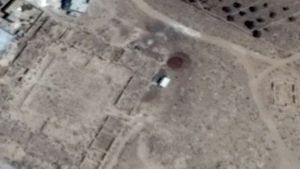
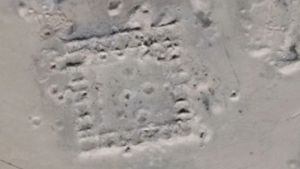
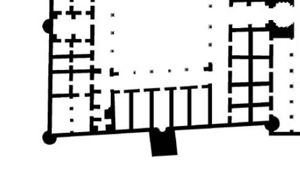

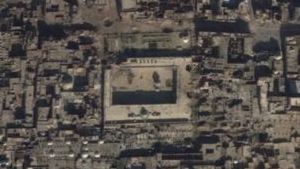
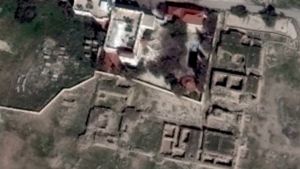
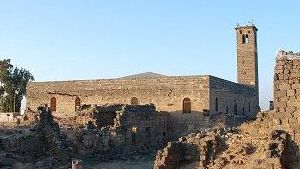
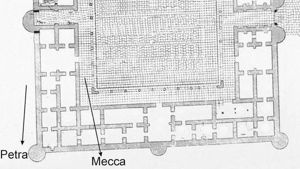
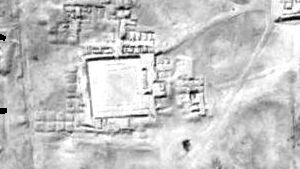
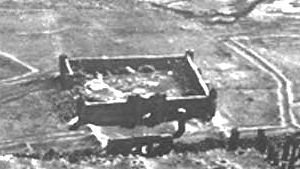
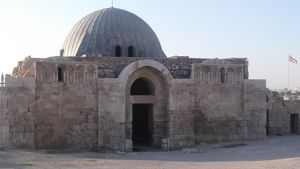
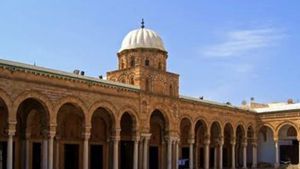
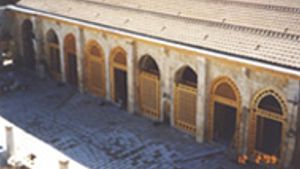

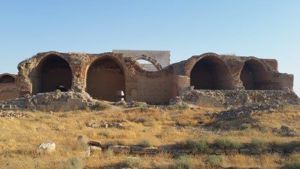
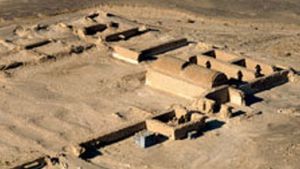
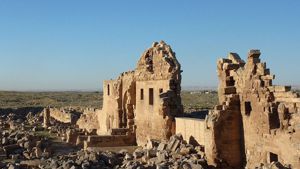
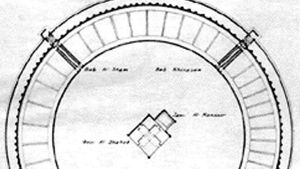
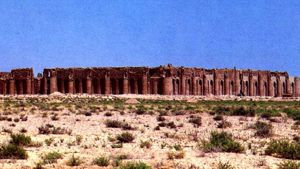
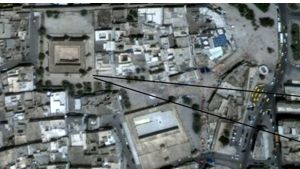
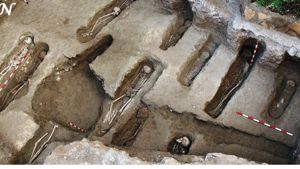
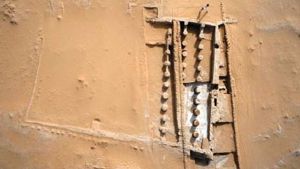
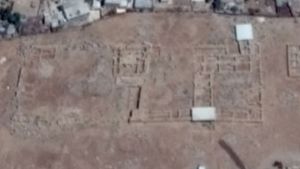
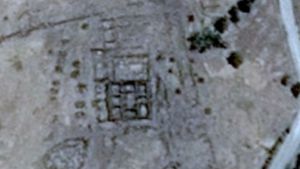
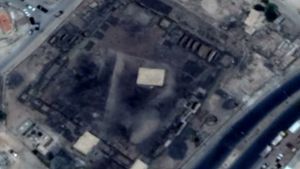
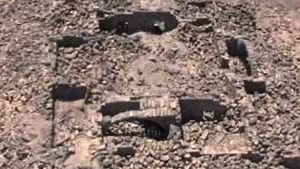
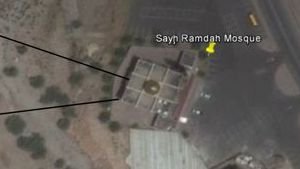
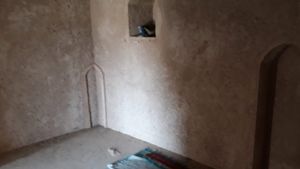

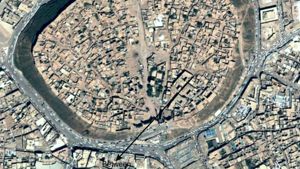
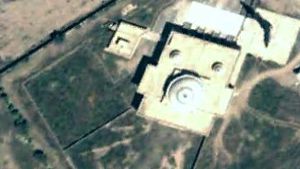
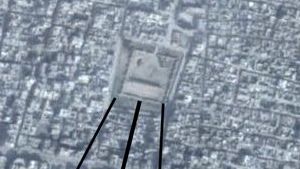
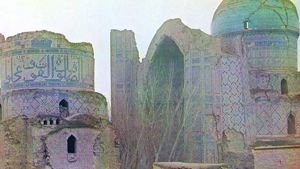
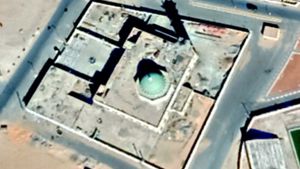

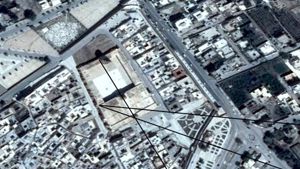
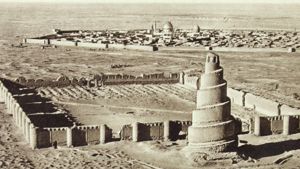
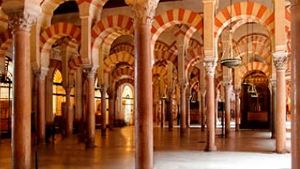
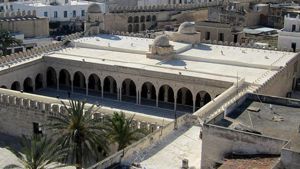
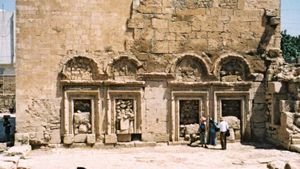
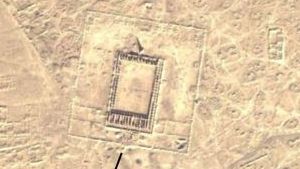
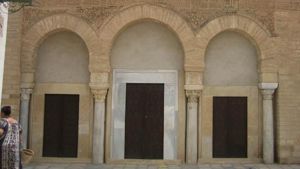
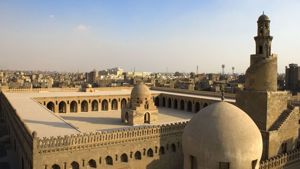
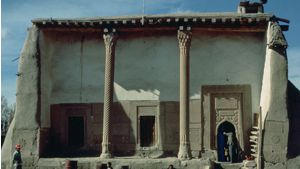
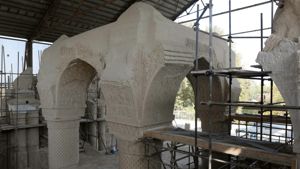
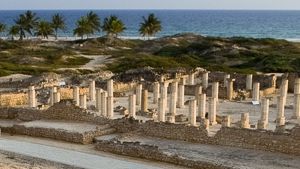
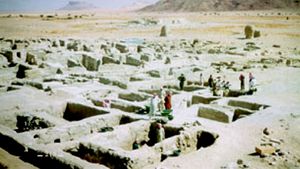
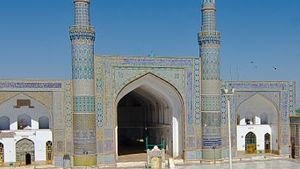
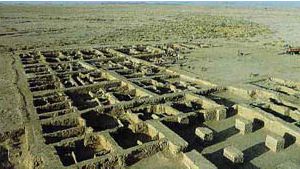
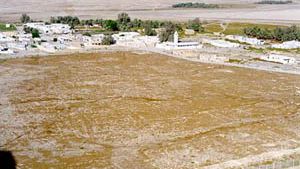
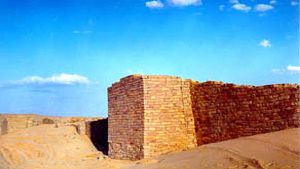
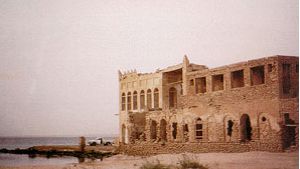

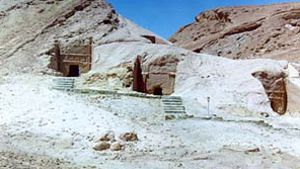
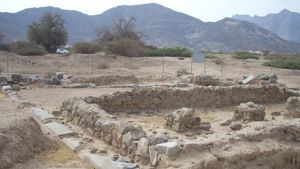
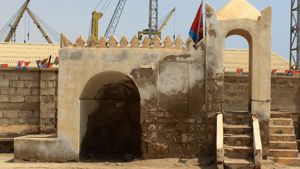
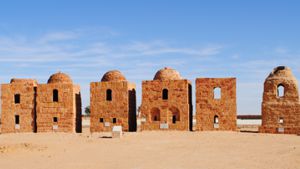
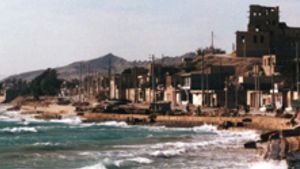
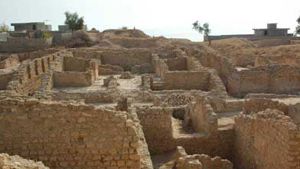
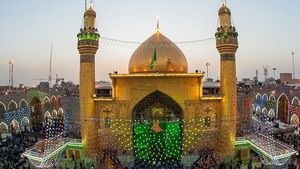
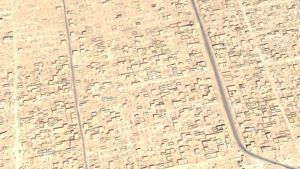
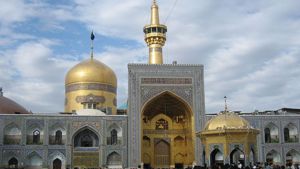
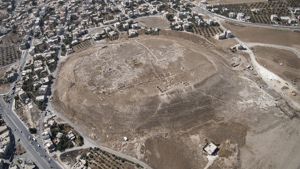

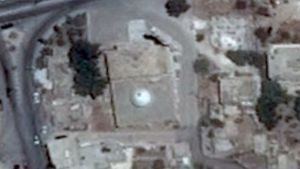
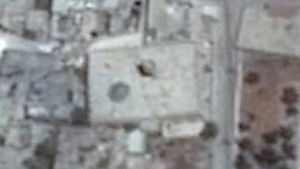
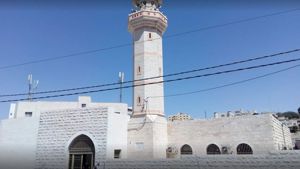
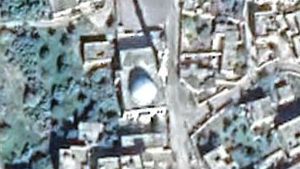
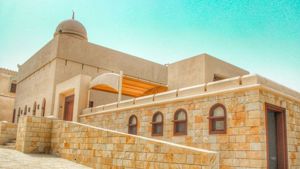
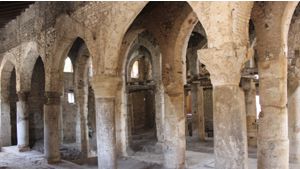
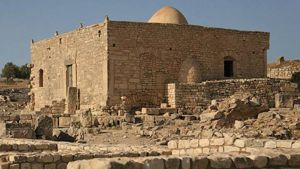
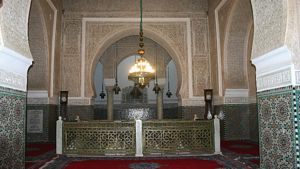
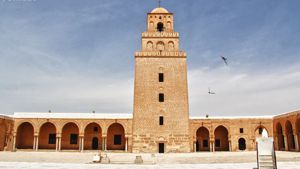
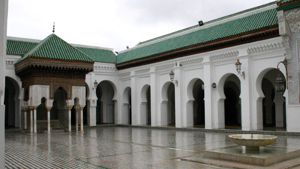

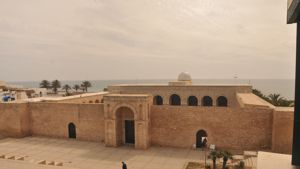
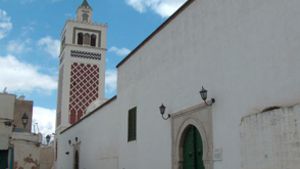
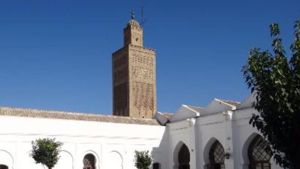


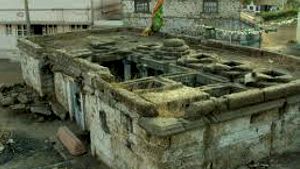
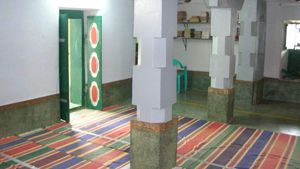
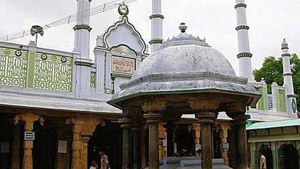
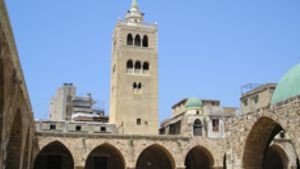
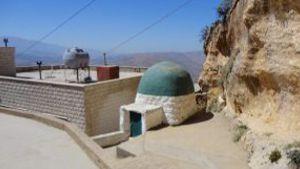

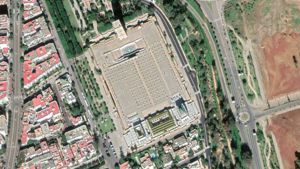
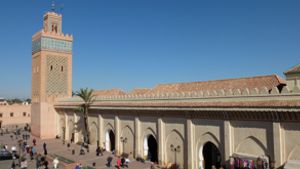

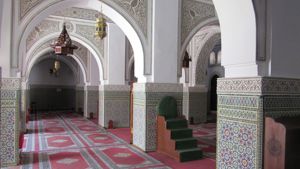
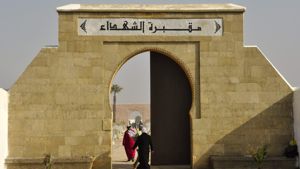
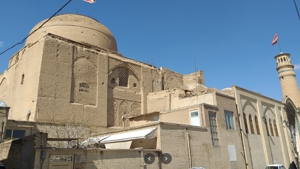
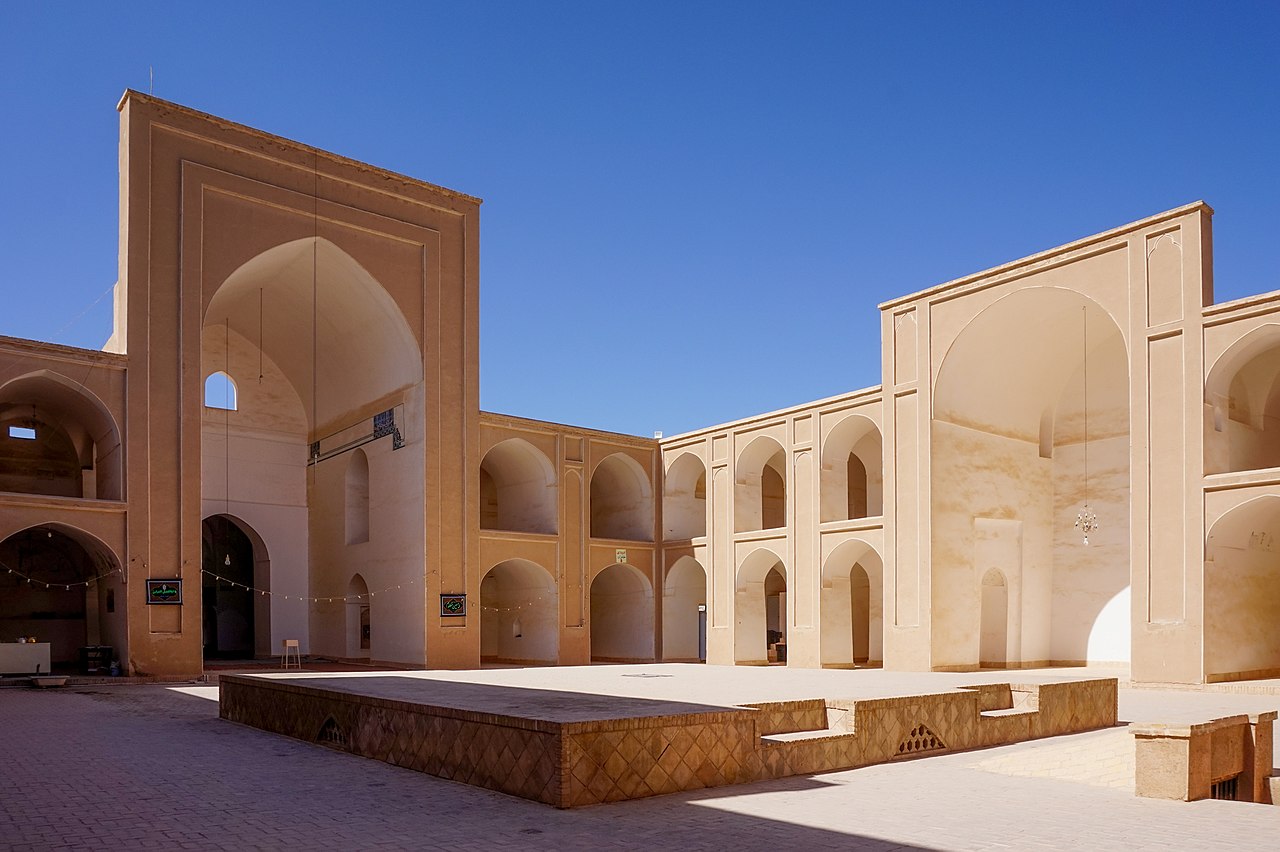
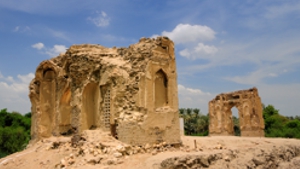
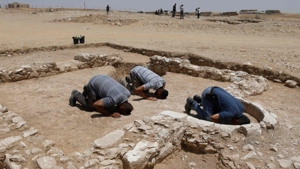
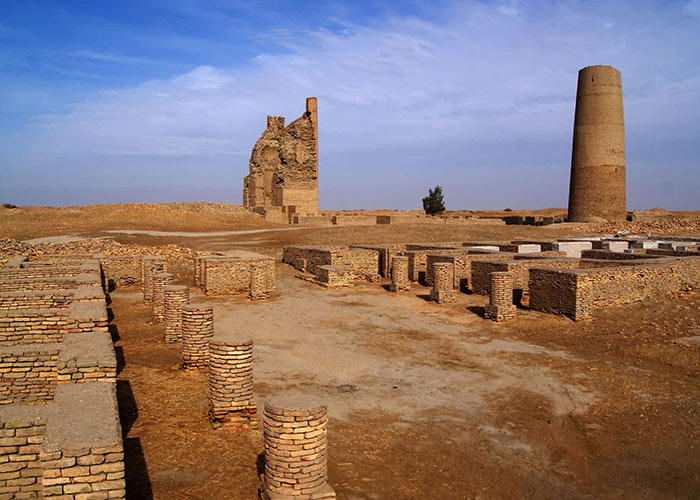


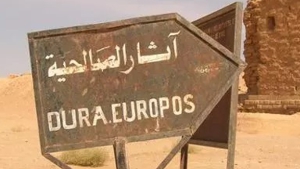
Page Discussion
Membership is required to comment. Membership is free of charge and available to everyone over the age of 16. Just click SignUp, or make a comment below. You will need a user name and a password. The system will automatically send a code to your email address. It should arrive in a few minutes. Enter the code, and you are finished.
Members who post adverts or use inappropriate language or make disrespectful comments will have their membership removed and be barred from the site. By becoming a member you agree to our Terms of Use and our Privacy, Cookies & Ad Policies. Remember that we will never, under any circumstances, sell or give your email address or private information to anyone unless required by law. Please keep your comments on topic. Thanks!